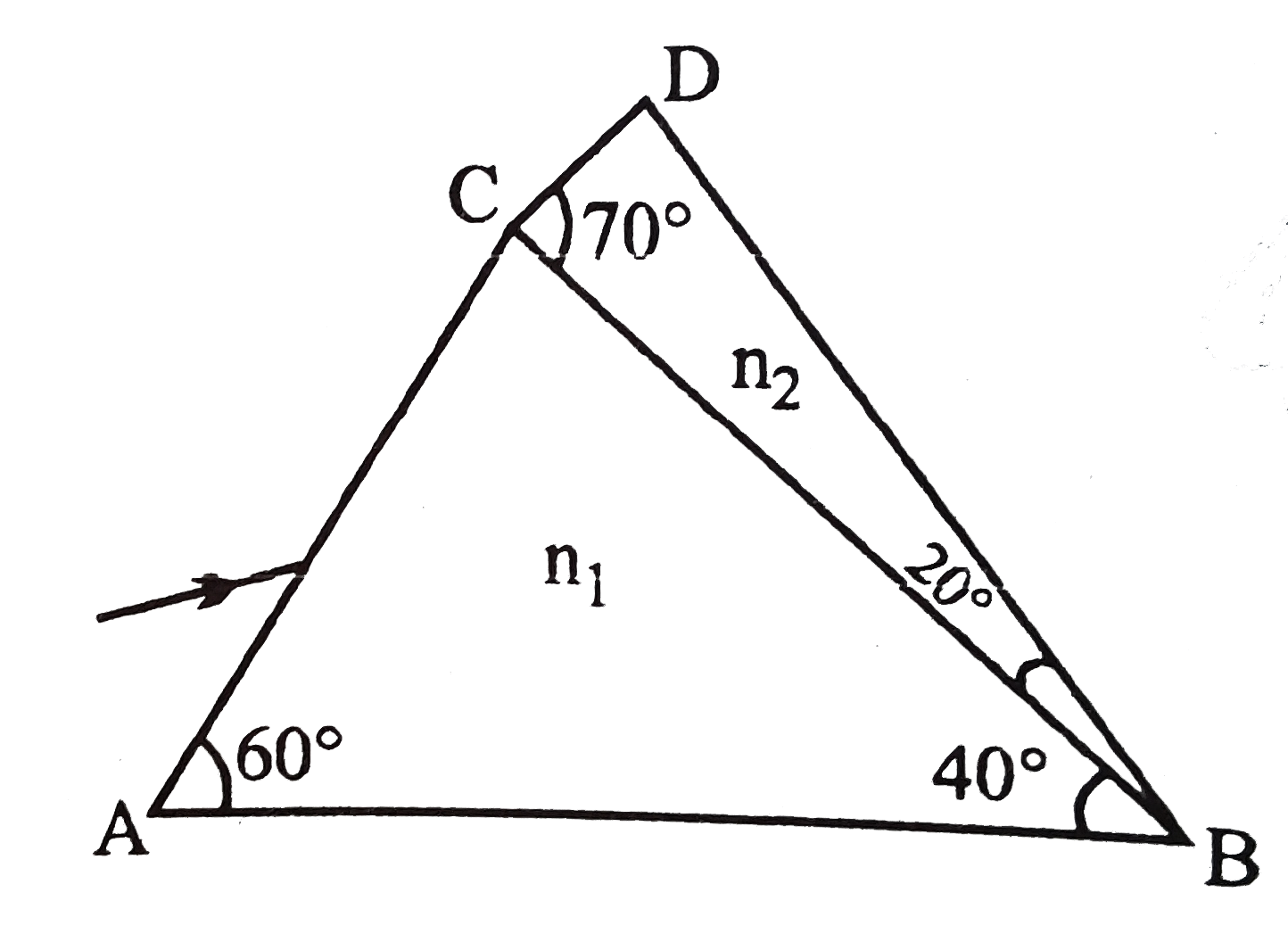Mass particles of 1 kg each are placed along x-axus at x=1,2,4,8,....∞. Then gravitational force o a mass of 3 kg placed at origin is (G= universal gravitation constant) :-Solution in Gujrati
4G
4G3
2G
∞
The correct Answer is:A
Step by step video & image solution for Mass particles of 1 kg each are placed along x-axus at x=1, 2, 4, 8, .... oo. Then gravitational force o a mass of 3 kg placed at origin is (G= universal gravitation constant) :- by Physics experts to help you in doubts & scoring excellent marks in Class 12 exams.
Topper's Solved these Questions
- BOOK - ALLEN CHAPTER - GRAVITATIONEXERCISE - EXERCISE 226videos
GRAVITATION
- BOOK - ALLEN CHAPTER - GRAVITATIONEXERCISE - EXERCISE 311videos
GRAVITATION
- BOOK - ALLEN CHAPTER - GRAVITATIONEXERCISE - BOX-414videos
GRAVITATION
- BOOK - ALLEN CHAPTER - GEOMETRICAL OPTICSEXERCISE - subjective14videos
GEOMETRICAL OPTICS
- BOOK - ALLEN CHAPTER - KINEMATICS-2DEXERCISE - Exercise (O-2)47videos
KINEMATICS-2D
Similar Questions
Two satellites of earth S1 and S2 are moving in the same orbit. The mass of S1 is four times the mass of S2. Which one of the following statements is true?
02:35View SolutionThe change in the value of acceleration of earth toward sun, when the moon coomes from the position of solar eclipse to the position on the other side of earth in line with sun is :
(mass of moon =7.36×1022 kg, orbital radius of moon =3.8×108 m.)04:27View SolutionThe mean radius of the earth's orbit round the sun is 1.5×1011 . The mean radius of the orbit of mercury round the sun is 6×1010m. The mercury will rotate around the sun in
03:44View SolutionA prism of refractive index n1 & another prism of reactive index n2 are stuck together without a gap as shown in the figure.The angle of the prisms are as shown. n1&n2depend onλ,the wavelength of light according to n1=1.20+10.8×104λ2&n2=1.45+1.80×104λ2 where λ is in nm.

(i)Calculate the wavelength λ0for which rays incident at any angle on the interfaceBCpass through without bending at that interface.
(ii) for light of wavelength λ0,find the angle of incidencei on faceACsuch that the deviation produced by the combination of prism is minimum.05:13View SolutionA particle is moving in xy-plane .At certain instant the components of its velocity and acceleration are as follows ux=3m/s,uy=4m/s,ax=2m/s2anday=1m/s2. The rate of change of speed at this moment is
04:27View SolutionThe gravitational potential in a region is given by, V = 200(X + Y) J//kg . Find the magnitude of the gravitational force on a particle of mass 0.5 kg placed at the orgin.
02:39View SolutionInfinite number of masses, each of 1 kg , are placed along the x-axis at x = +- 1m, +- 2m, +-4m, +- 8m, +- 16m .. The gravitational of the resultant gravitational potential in term of gravitaitonal constant G at the origin (x = 0) is
02:35View SolutionTwo particles of masses 1 kg and 2 kg are placed at a separation of 50 cm find out gravitational force between them
04:42View SolutionThree spherical balls of masses 1 kg, 2 kg and 3 kg are placed at the corners of an equilaterial triangle of side 1m.Find the magnitude of the gravitational force exerted by 2 kg and 3 kg masses on 1 kg mass.
04:46View SolutionInfinite number of masses, each of 1kg, are placed along the x-axis at x=±1m,±2m,±4m,±8m,±16m.. The gravitational of the resultant gravitational potential in term of gravitaitonal constant G at the origin (x=0) is
View SolutionThe gravitational field in a region is given by vecE=(5N*kg^(-1))hati+(12N*kg^(-1))hatj (i) Find the magnitude of the gravitational force acting on a particle of mass 2kg placed at the origin.
05:23View SolutionInfinite number of masses each of 2 kg are placed along x-axis at distance 1m, 2m, 4m, 8m …….. from the origin O, what is the magnitude of gravitational potential at 'O'? (G = gravitational constant) :
View SolutionAn infinite number of particles each of mass m are placed on the positive x-axis at 1m, 2m, 4m, 8m, ----- from the origin. The magnitude of the resultant gravitational force on mass .m. kept at the origin is
05:22View SolutionThree spherical balls of masses 1kg, 2kg and 3kg are placed at the corners of an equilateral triangle of side 1m. Find the magnitude of the gravitational force experted by the 2kg and 3kg masses on the 1kg mass.
01:59View SolutionThree spherical balls of masses 1 kg, 2kg and 3 kg are placed at the corners of an equilateral triangle of side 1 m. The magnitude of the gravitational force exerted by 2 kg and 3 kg masses on 1 kg mass.
01:54View SolutionInfinite masses of each 1 kg are located along the x-axis at x = + - 1m, + - 2m, + - 4m, + - 8m, + - 16m ............ | The magnitude of the resulting gravitational potential in terms of the gravitational constant G at the origin (x = 0) is
05:00View Solution

